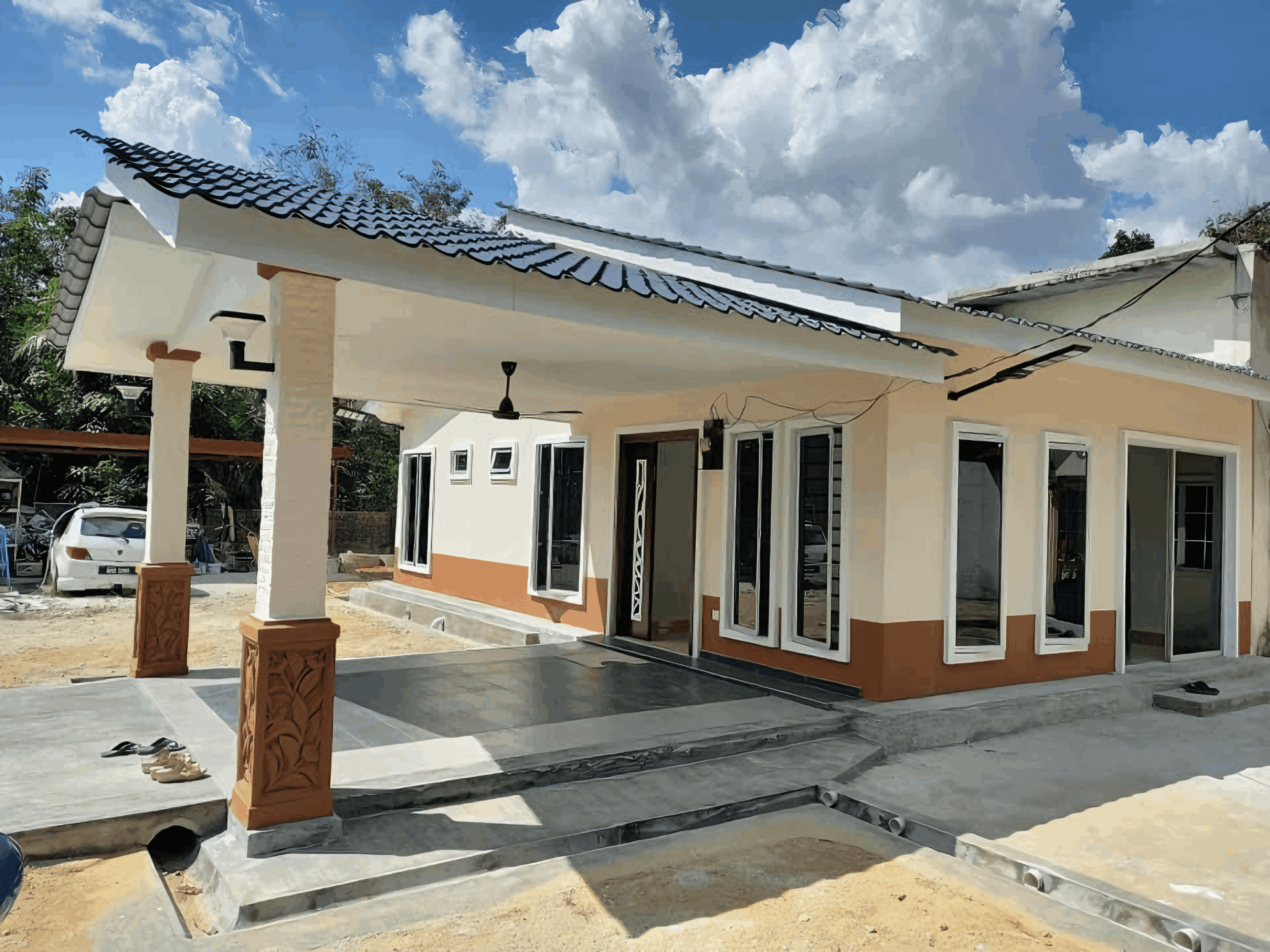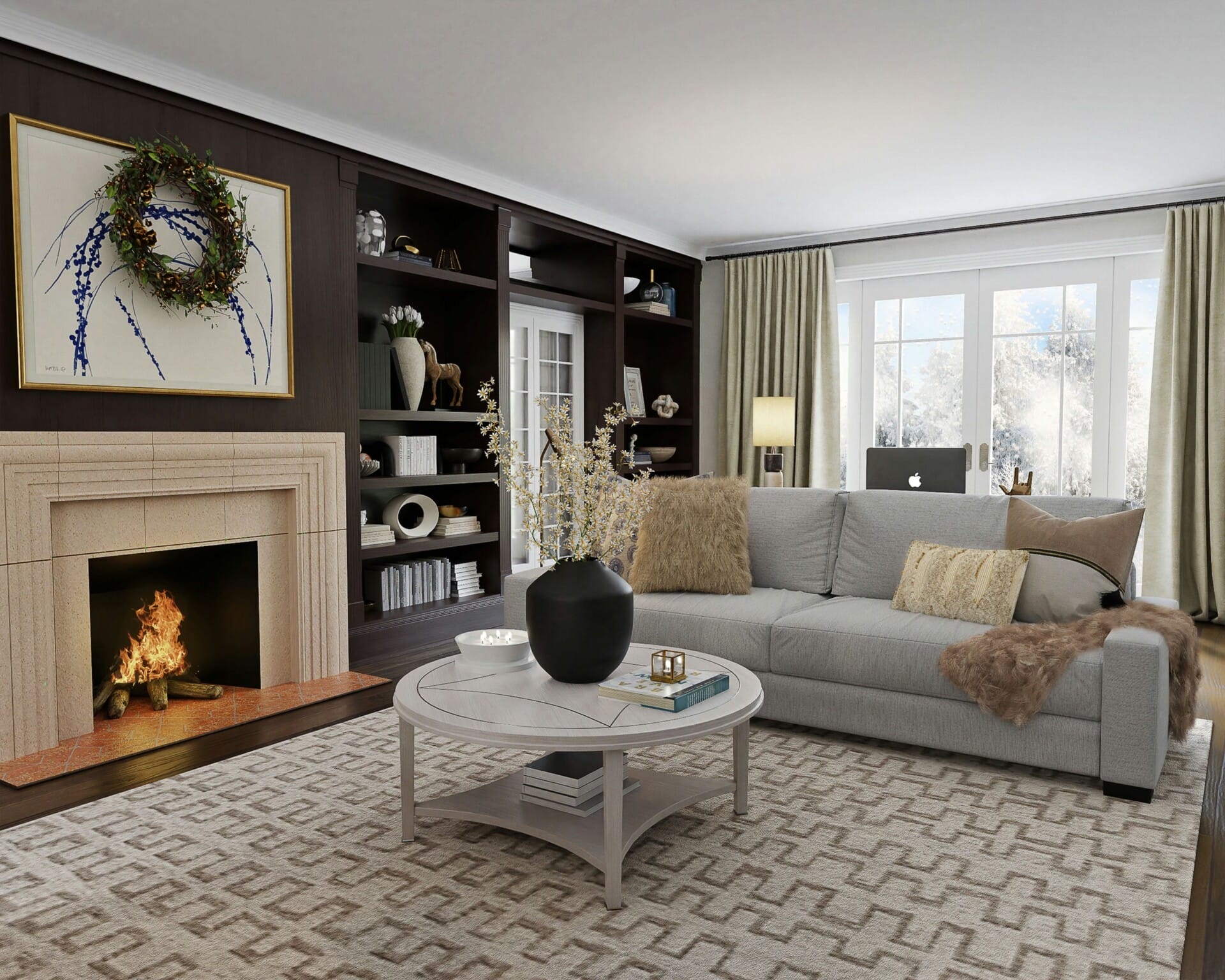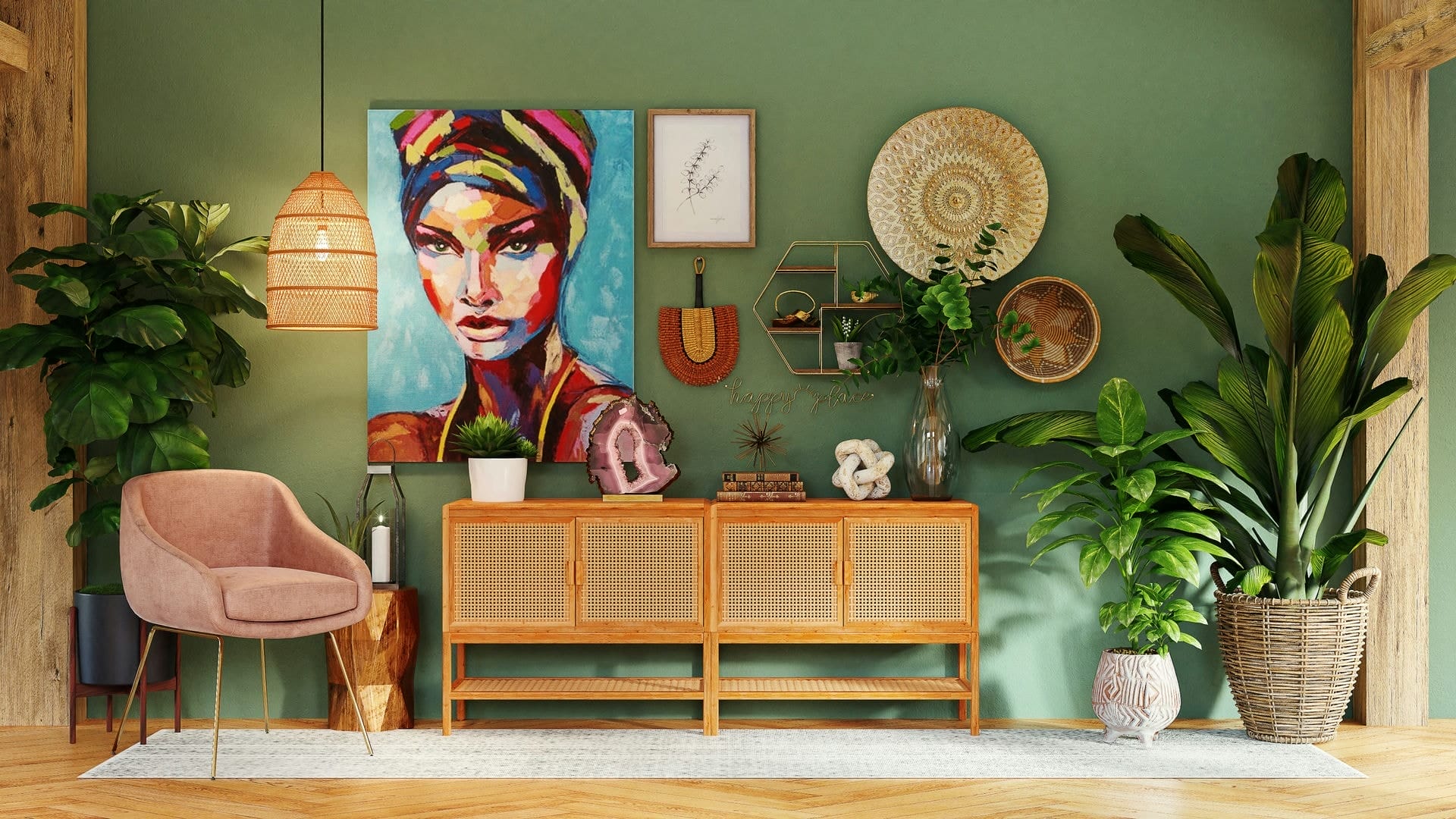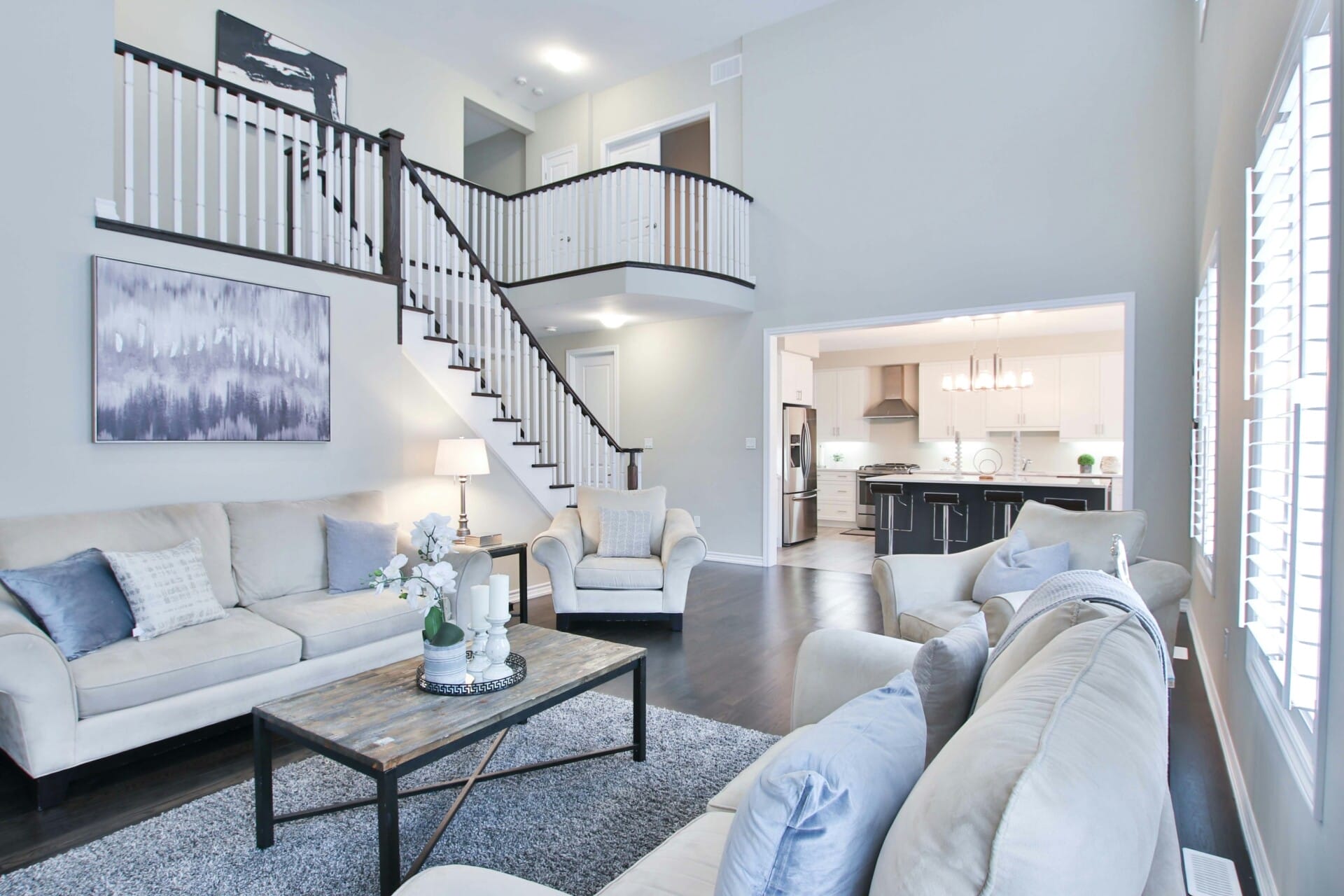Hey there! If you’re diving into the world of construction in Malaysia, you’ve probably realized that keeping everything safe is just as important as getting the job done right. With bustling cities and growing communities, it’s crucial to ensure that construction projects not only meet aesthetic and functional goals but also uphold safety standards that protect workers, the public, and the environment. In this article, we’ll take a closer look at practical steps you can take to make sure your construction site ticks all the safety boxes. Whether you’re a seasoned pro or just starting out, we’ve got you covered with tips and insights to keep your project safe and sound. Let’s get into it!
Understanding Malaysian Safety Regulations and Standards
When diving into the construction landscape in Malaysia, it’s crucial to grasp the intricate web of safety regulations and standards that govern the industry. Malaysia’s construction scene is guided by several key regulations, such as the Occupational Safety and Health Act 1994 (OSHA) and the Factories and Machinery Act 1967. Understanding how these regulations intertwine with your project can help mitigate risks and promote a culture of safety. Getting familiar with the guidelines laid out by the Department of Occupational Safety and Health (DOSH) is essential for any builder or contractor.
Compliance involves not only knowledge of regulations but also the implementation of safety practices on-site. It’s vital to conduct regular safety audits and training sessions for your team. Here are some key aspects to focus on:
- Risk Assessment: Identify hazards and evaluate the risks associated with your construction activities.
- Personal Protective Equipment (PPE): Ensure all workers are equipped with necessary PPE, such as helmets, goggles, and gloves.
- Emergency Procedures: Establish clear emergency protocols and conduct drills to prepare workers for potential incidents.
Moreover, documentation plays a vital role in ensuring your project meets Malaysian standards. Keeping meticulous records of safety training, incidents, and audits can not only serve as compliance evidence but also enhance safety culture on-site. Below is a simple table summarizing key documentation essentials for COnstruction projects:
| Document Type | Description |
|---|---|
| Safety Audit Reports | Summaries of safety checks and compliance levels. |
| Incident Reports | Records of any accidents or near-misses on-site. |
| Training Logs | Details of safety training completed by workers. |

Conducting Thorough Risk Assessments Before Project Initiation
Before diving headfirst into any construction project, it’s vital to put a comprehensive risk assessment on the table. What does that entail? Well, it’s all about identifying potential hazards that could disrupt your project, whether they stem from environmental factors, equipment, or even the workforce. By taking time to pinpoint these risks early on, you’re essentially laying the groundwork for a smoother, safer construction process.
Consider using a structured approach to your risk assessment. Here are some key elements to include:
- Site Evaluation: Examine the physical location for any geographical or environmental hazards.
- Workforce Assessment: Gauge the skill level and experience of your crew—do they require extra training?
- Equipment Check: Ensure all machinery is up to code and regularly maintained to prevent any malfunctions.
- Emergency Procedures: Develop clear guidelines for potential emergencies, equipping your team with knowledge on how to respond efficiently.
To help visualize these risks, consider drafting a simple risk matrix. You can categorize risks by their likelihood and potential impact. Here’s a quick example:
| Risk Factor | Likelihood (1-5) | Impact (1-5) | Overall Risk (Likelihood x Impact) |
|---|---|---|---|
| Heavy Machinery Malfunction | 3 | 4 | 12 |
| Extreme Weather Conditions | 2 | 5 | 10 |
| Inadequate Safety Gear | 4 | 3 | 12 |
This matrix not only helps visualize the risks but also enables you to prioritize which issues to tackle first. By thoroughly assessing dangers before breaking ground, you’re not just complying with safety standards; you’re cultivating a culture of safety that can resonate throughout your entire project and beyond.

Implementing Comprehensive Training Programs for Workers
Implementing robust training programs is essential for ensuring that workers are well-versed in safety protocols and best practices on construction sites. These training sessions should cover a range of topics, including:
- Safety Procedures: Understanding site-specific hazards and emergency responses.
- Use of Equipment: Hands-on training in the proper operation of machinery and tools.
- Personal Protective Equipment (PPE): Importance of wearing appropriate gear and how to use it correctly.
To make these training programs more effective, you can employ a mix of methods to engage your workers. This can include:
- Workshops: Interactive sessions that encourage participation and discussion.
- On-the-job Training: Real-life demonstrations to reinforce learning and skill application.
- Online Courses: Flexible learning options that can be accessed at the workers’ convenience.
It’s also important to evaluate the effectiveness of the training. Implementing feedback mechanisms can help identify areas needing improvement. For instance, consider using a simple table to track worker progress and training outcomes:
| Worker Name | Training Type | Completion Date | Feedback Score (/10) |
|---|---|---|---|
| Ahmad | Safety Procedures | 2025-10-01 | 9 |
| Siti | Use of Equipment | 2025-10-05 | 8 |
| Rahman | PPE Training | 2025-10-10 | 10 |

Utilizing Proper Personal Protective Equipment in the Field
When you’re out in the field, safety should always be your top priority, and wearing the right personal protective equipment (PPE) can make all the difference. Whether you’re on a bustling construction site or handling heavy materials, having the right gear helps shield you from potential hazards. Here’s a quick checklist of essential PPE to consider:
- Hard Hats: Protect against head injuries from falling objects.
- Safety Goggles: Keep your eyes safe from dust and debris.
- High-Visibility Vests: Ensure you’re seen by machinery operators and other workers.
- Ear Protection: Essential for sites with loud noises to prevent hearing loss.
- Steel-Toed Boots: Guard your feet from heavy tools and materials.
Additionally, it’s crucial to understand the specific risks of your work environment so you can select the PPE that meets those needs. For example, if you’re dealing with hazardous substances, consider chemical-resistant gloves and suits. To give you a better idea, here’s a simple table showing different work scenarios and the recommended PPE:
| Work Scenario | Recommended PPE |
|---|---|
| Heavy Lifting | Steel-toed boots, gloves, back support |
| Electrical Work | Insulated gloves, hard hat, safety goggles |
| Concrete Work | Dust masks, knee pads, eye protection |

Establishing a Safety Culture Through Effective Communication
Effective communication is the backbone of a solid safety culture on any construction site. When team members feel comfortable discussing safety concerns, it not only fosters an environment of trust but also encourages proactive engagement. Regular meetings and open forums can be held, allowing crew members to voice their observations and suggestions. Daily briefings can serve as a platform for sharing vital safety information and updates, ensuring everyone is on the same page.
Using visual aids can significantly enhance understanding and retention of safety protocols among workers. Consider incorporating posters, infographics, and even digital displays showing essential guidelines and procedures. Training sessions that involve role-playing or scenario-based learning can help employees envision real-life situations. This interactive element promotes better grasping of safety measures and helps to embed them into daily operations.
| Communication Method | Benefits |
|---|---|
| Daily Briefings | Keeps everyone informed and engaged |
| Visual Aids | Enhances comprehension and memory |
| Interactive Training | Improves retention and application of safety practices |
Moreover, utilizing feedback mechanisms is essential to continually enhance communication efficacy. Implementing anonymous surveys can empower workers to share their thoughts without fear of repercussions. This invaluable insight can help management identify areas for improvement and recognize commendable safety practices. By nurturing an atmosphere where communication thrives, the entire construction team can move towards a shared goal of achieving exemplary safety standards on site.

Regularly Inspecting and Maintaining Construction Equipment
One of the fundamental aspects of ensuring safety on a construction site is to keep a close eye on the condition of your equipment. Regular inspections not only help in identifying potential issues before they become serious problems but also enhance the lifespan of the machinery. Establishing a routine inspection schedule can significantly reduce the likelihood of equipment failure, which can lead to costly delays and, more importantly, jeopardize worker safety. Consider setting up weekly checks for high-use equipment and monthly reviews for less frequently used machinery.
When inspecting equipment, it’s crucial to follow a checklist that covers all essential components. Some key points to include are:
- Fluid levels: Ensure hydraulic fluids, oil, and fuel are all at appropriate levels.
- Brakes: Test braking systems for responsiveness.
- Safety features: Check alarms, lights, and other safety mechanisms.
- Structural integrity: Look for any signs of wear, rust, or damage that could affect functionality.
In addition to regular inspections, proactive maintenance is equally important. Keeping a record of maintenance schedules can help manage tasks efficiently and ensure compliance with safety regulations. Here’s a simple table to illustrate an effective maintenance schedule:
| Equipment Type | Inspection Frequency | Maintenance Needed |
|---|---|---|
| Excavators | Weekly | Fluid change, filter replacement |
| Crane | Monthly | Structural check, lubrication |
| Bulldozer | Bi-Weekly | Track alignment, hydraulic inspection |
By implementing thorough inspection routines and maintaining an organized schedule, you’ll not only comply with safety standards but also foster a culture of safety within your teams. Remember, a well-maintained piece of equipment is a reliable partner in achieving your project goals while keeping everyone on site safe and sound.

Engaging with Local Authorities and Compliance Inspectors
Establishing a good rapport with local authorities and compliance inspectors is essential for the smooth running of any construction project. These officials play a critical role in ensuring that your work adheres to safety standards, and building a relationship with them can help expedite the approval processes. Regular communication is key; consider scheduling brief catch-up meetings or sending updates on your project. This may not only foster a collaborative environment but also give you a heads-up on any changes in regulations or compliance requirements that may affect your project.
When planning your project, be wary of the specific regulations that local authorities enforce. Each area may have unique requirements based on historical data, environmental factors, and the community’s needs. Here are a few essential considerations to keep in mind:
- Understand zoning laws: Every area has specific zoning regulations. Make sure your project complies with these to avoid legal issues down the line.
- Obtain necessary permits: Think of permits as a green light for your project. Not having them can halt construction at any moment.
- Schedule inspections at key milestones: This will ensure compliance at critical stages of your project, preventing costly delays later.
Keeping meticulous documentation can also showcase your commitment to compliance, making interactions with inspectors smoother. Well-organized records can serve as a quick reference to reassure inspectors of your adherence to safety standards. Below is a simple summary of documentation you might want to maintain:
| Document Type | Description |
|---|---|
| Project Plans | Detailed layouts and drawings complying with safety regulations |
| Permits | All necessary local permits obtained before construction |
| Inspection Reports | Records of past inspections and compliance feedback |
| Safety Protocols | Documents outlining safety measures and responses to hazards |

Documenting and Reporting Safety Incidents and Improvements
Effective documentation of safety incidents plays a crucial role in maintaining a high standard of safety on construction sites. When an incident occurs, it’s essential to record details promptly to ensure accuracy. Key information to capture includes:
- Date and time of the incident
- Location of the site
- Type of incident (e.g., near miss, injury, equipment failure)
- Individuals involved
- Witness statements
Once documented, the incident report should be reviewed and analyzed to identify the root causes. This evaluation helps in understanding what went wrong and how similar incidents can be avoided in the future. Incorporating corrective actions will not only mitigate the current risk but also enhance overall safety protocols. Some suggested improvements could include:
- Enhancing training programs for workers
- Implementing additional safety measures
- Updating equipment maintenance schedules
Regular reporting of both incidents and safety improvements is essential for fostering a culture of safety. Establish a routine for reviewing incident reports and safety performance metrics, allowing for transparency and accountability within the team. Consider using a simple table to track this data:
| Month | Incidents Reported | Improvements Implemented |
|---|---|---|
| January | 3 | Safety training session conducted |
| February | 1 | Updated PPE requirements |
| March | 2 | Routine equipment inspections added |
To Conclude
In wrapping up, making sure your construction project ticks all the safety boxes in Malaysia isn’t just about following the rules—it’s about creating a culture of safety that resonates throughout your team and community. By staying informed on regulations, investing in the right training, and fostering open communication, you’re not just meeting standards; you’re building a safer future for everyone involved. Remember, safety isn’t a one-time checklist; it’s a continuous journey. So, keep your eyes open, stay proactive, and don’t hesitate to reach out for help when you need it. Together, we can lay down the foundations of a safer Malaysia, one project at a time. Happy building!







